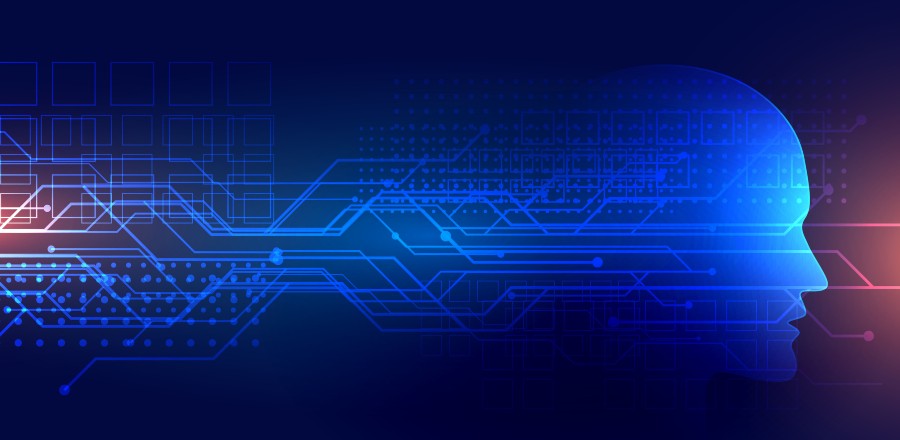Do androids dream of electric fires?

A researcher is looking to take the lessons learned from the evolution of life on Earth to aid the creation of modern-day robots.
Dr Juan Manuel Parrilla Gutierrez, Lecturer in Robotics at Glasgow Caledonian University, has won funding from the Royal Society for the 15-month project. He will measure how artificial intelligence currently differentiates between living things and non-living things.
Dr Gutierrez said: “In this research we will take oil droplets, as an example of non-living matter that can manifest life-like behaviours, and ants, as an example of living matter that can manifest simple behaviours. We will input both of these datasets into our AI model, and we hope that the AI will tell us the characteristics that ants have, but that oil droplets do not, that might explain why one is alive and the other is not.”
The project will use what is known as Generative Artificial Intelligence (AI), a process used in the movie, games and animation industries to synthesise images, sounds and videos that often look increasingly realistic.
Dr Gutierrez said: “If I ask this AI to draw me a dog, it will. If I ask it to draw me a cat, it will. Its algorithm has allowed it to learn what both animals are. So, taking that approach, if I ask it to draw something living and then something that isn’t, it will. We want to understand what in its algorithm is the AI using to differentiate between the two.
“Take fire as another example. It isn’t alive but it displays behaviours such as movement, replication, feeding and death – all lifelike qualities. However, the AI still identifies that it isn’t alive. Or even more acutely, a droplet of oil on the surface of water. Like living cells, it splits and moves, yet it isn’t alive.
“Life appeared on planet Earth around 4 billion years ago. It emerged from inanimate matter, such as rocks, salts, water and fats. This inanimate matter somehow assembled into life. By trying to identify how AI differentiates between living and non-living matter, we are hoping to identify what might have gone into this transition from non-life to life and then see if those lessons can be applied to the creation of robotics in a bid to make them even more functional and lifelike.”
